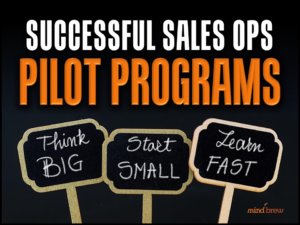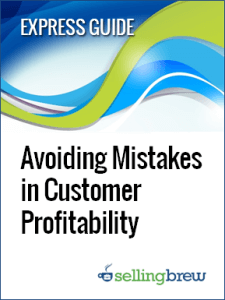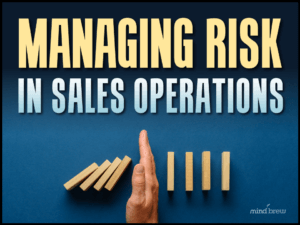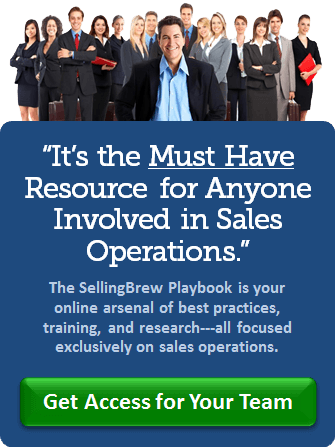In the spring of 1856, 18-year-old William Henry Perkin was so enjoying his classes at London’s Royal College of Chemistry, that he spent his Easter vacation on a pet chemistry project. He was trying to find a way to synthesize quinine, the treatment for malaria that ordinarily came from the bark of the cinchona tree.
His attempt yielded a sticky black mess. But instead of discarding it, he tried adding alcohol. The result was a brilliant purple solution that was remarkably good at dyeing fabric. He had accidentally discovered mauveine (also called aniline purple or Perkin’s mauve). With his father’s help, he began selling it, and mauveine became the world’s first commercialized synthetic dye. It became a hit among the fashionable set, and women across England were all soon wearing mauve gowns.
How to fail well
Perkins’ story serves as a good example for those of us in sales operations. It often happens that we try something that doesn’t work out quite as intended. The natural tendency is to label it a failure and move on.
But truly outstanding sales ops teams handle these situations a little differently. Instead of just looking at top-line metrics, they dig into odd customer behaviors, rep workarounds, usage patterns, and other exceptions that don’t fit the model.
Because, sometimes, that’s where the next big breakthrough is hiding.
The beauty of pilot programs
This reality is part of the reason why we at SellingBrew are such big advocates for pilot programs. It’s always a good idea to start small and test. Not only does it give you a chance to see if something will work before you roll it out more widely, it also gives you a chance to “fail small.” And failing small allows you to learn and optimize.
Not sure how that would look in the real world? Here are some examples we’ve seen among B2B sales ops teams:
- A new sales process pilot did not increase the team’s win rate. However, when they dug deeper, sales ops discovered a particular segment where this process increased deal velocity dramatically. They were able to target the change just to this particular segment, which ultimately benefited the bottom line.
- Another team tried out several new tools and call scripts hoping that they would improve quota attainment. That didn’t happen. However, they did discover that one particular tool really resonated with the sales team. Rolling this one tool out more widely helped improve efficiency as well as morale within the team.
- In an attempt to drive cross-selling, a B2B firm tried a sales compensation pilot that offered more pay for bundled sales. During the pilot, cross-selling stayed flat, but management heard a lot of feedback from reps who weren’t sure how to sell product add-ons. By providing better training, the company was eventually able to achieve the results they were hoping for, without actually increasing compensation.
As these examples indicate, metrics are indicators, not answers. They should prompt us to be more curious, not grant permission to stop thinking.
Sales ops should be the function that steps back, digs deeper, and uncovers unexpected insights in the outliers.
Next steps
We have several resources that investigate this idea more fully. They are a great place to start if you are interested in learning how to fail well:
- Successful Sales Ops Pilot Programs
- Diagnosing Sales Problems
- How to Use Sales Analysis to Drive More Growth
William Henry Perkin didn’t achieve his original goal. But because he was paying attention, he found something very valuable. And the Society of Chemical Industry created the Perkin Medal to honor outstanding work in applied chemistry.
The same is true in sales ops. When the metrics fail, look again. We’re not saying that you’ll earn a medal. But you just might find something more valuable than what you were originally looking for.














